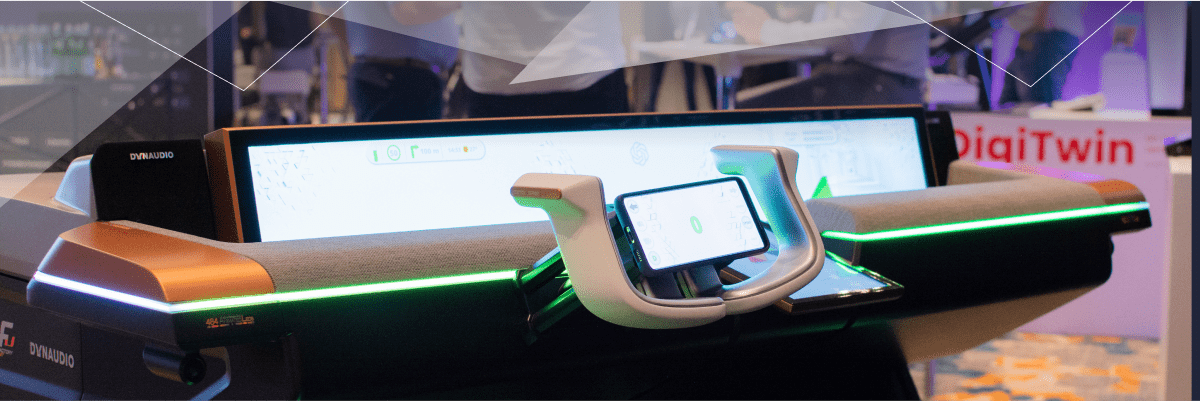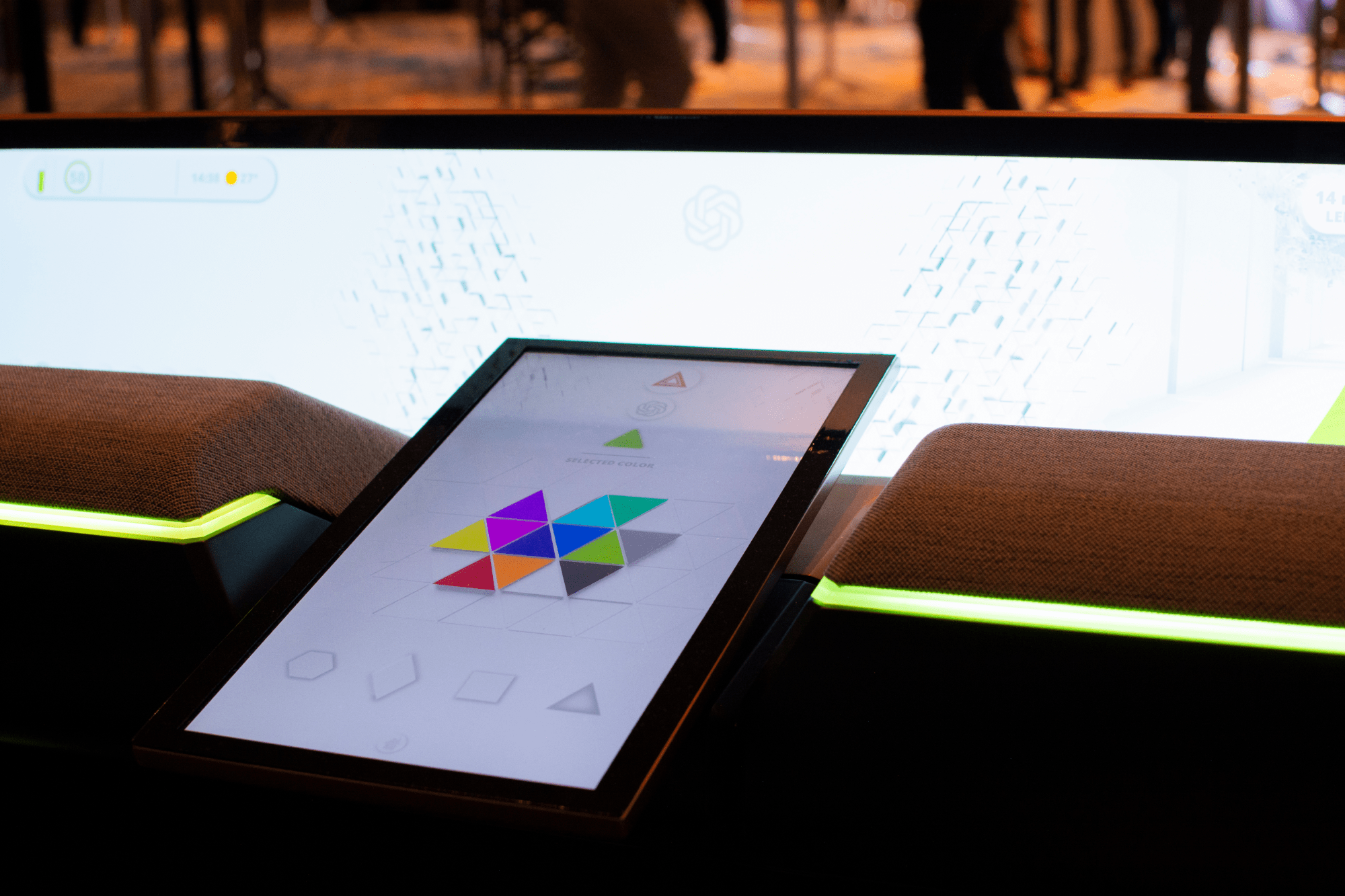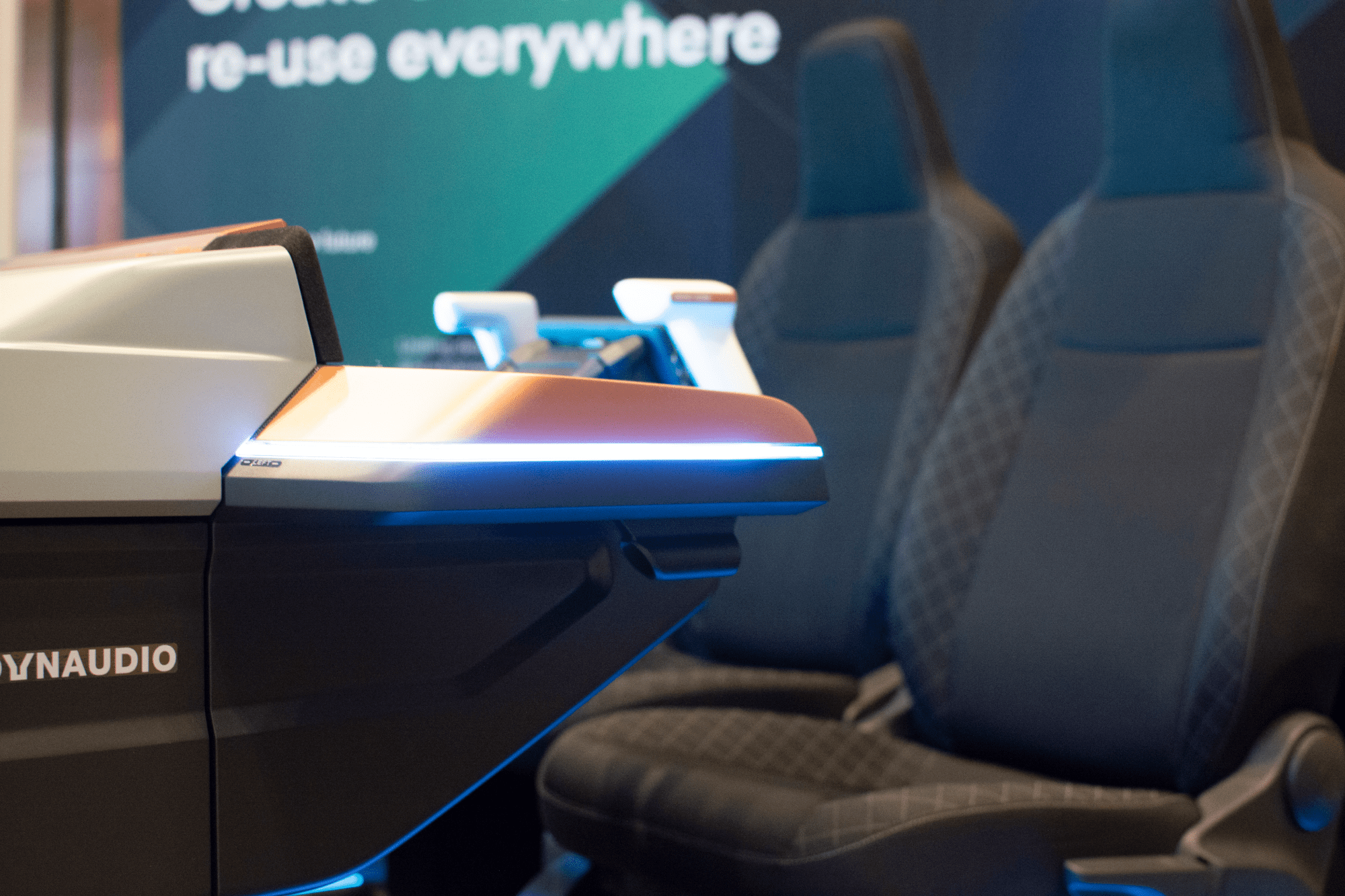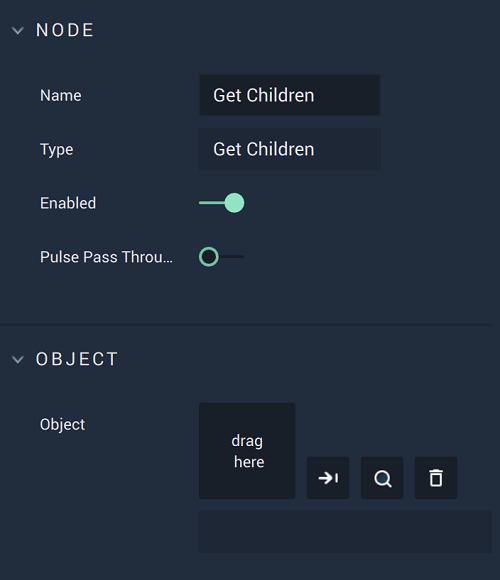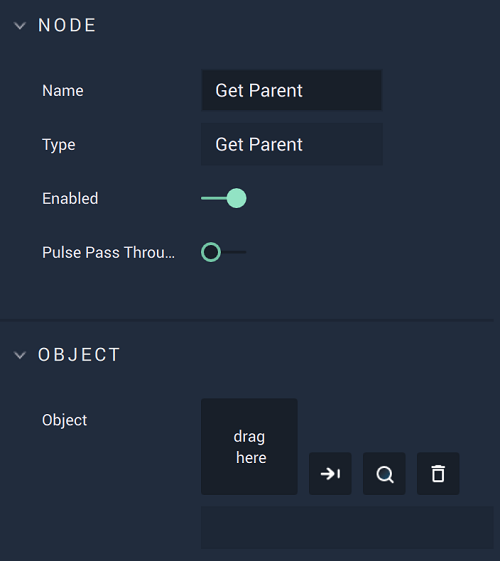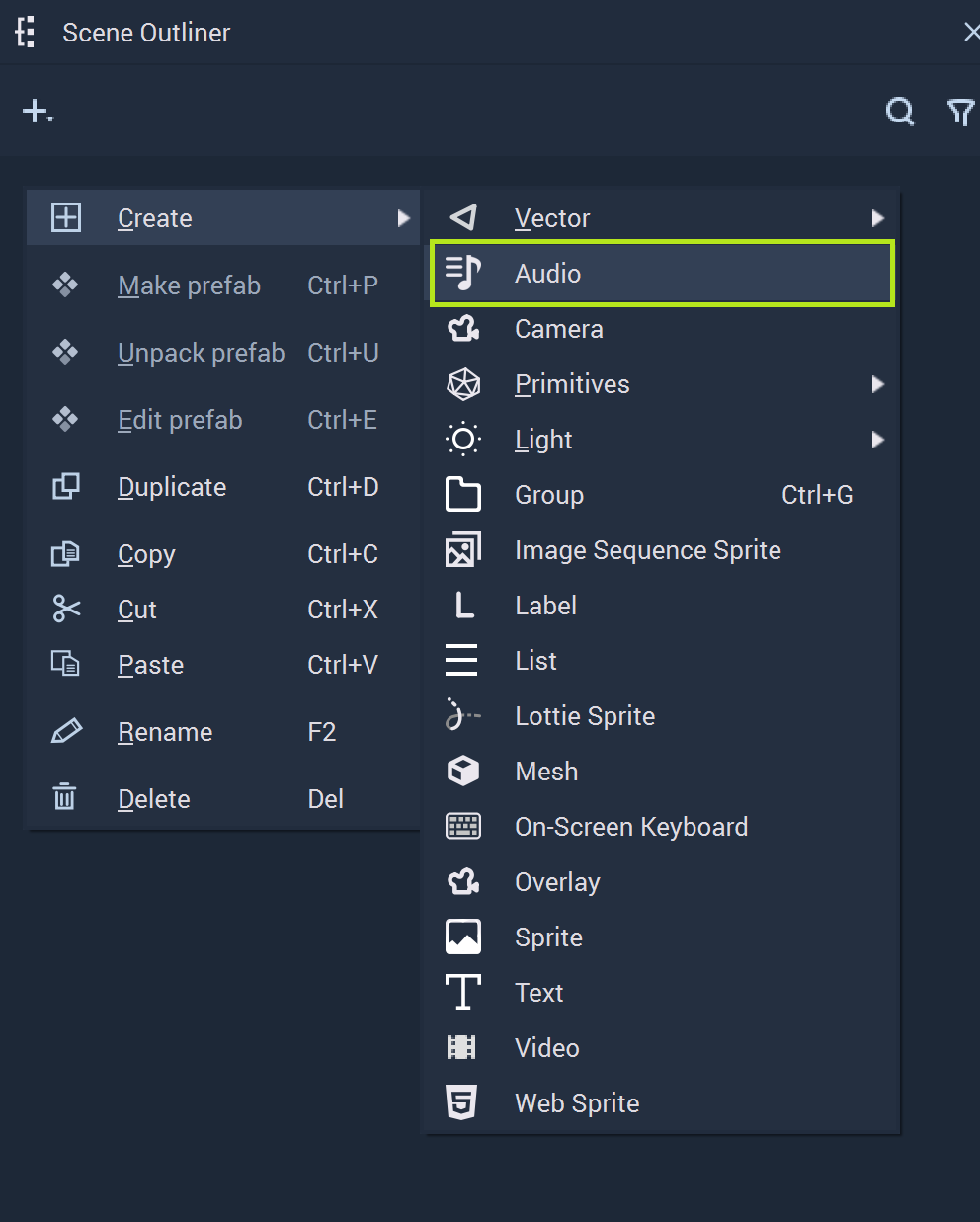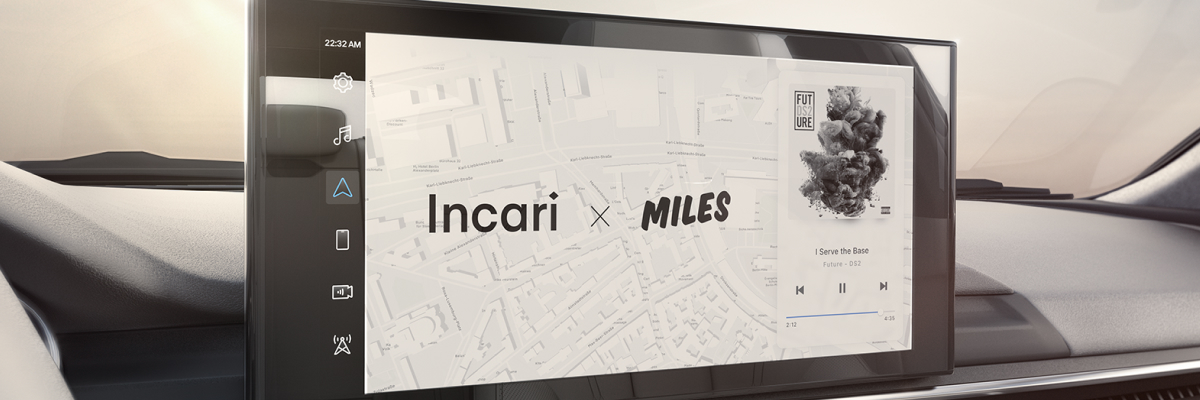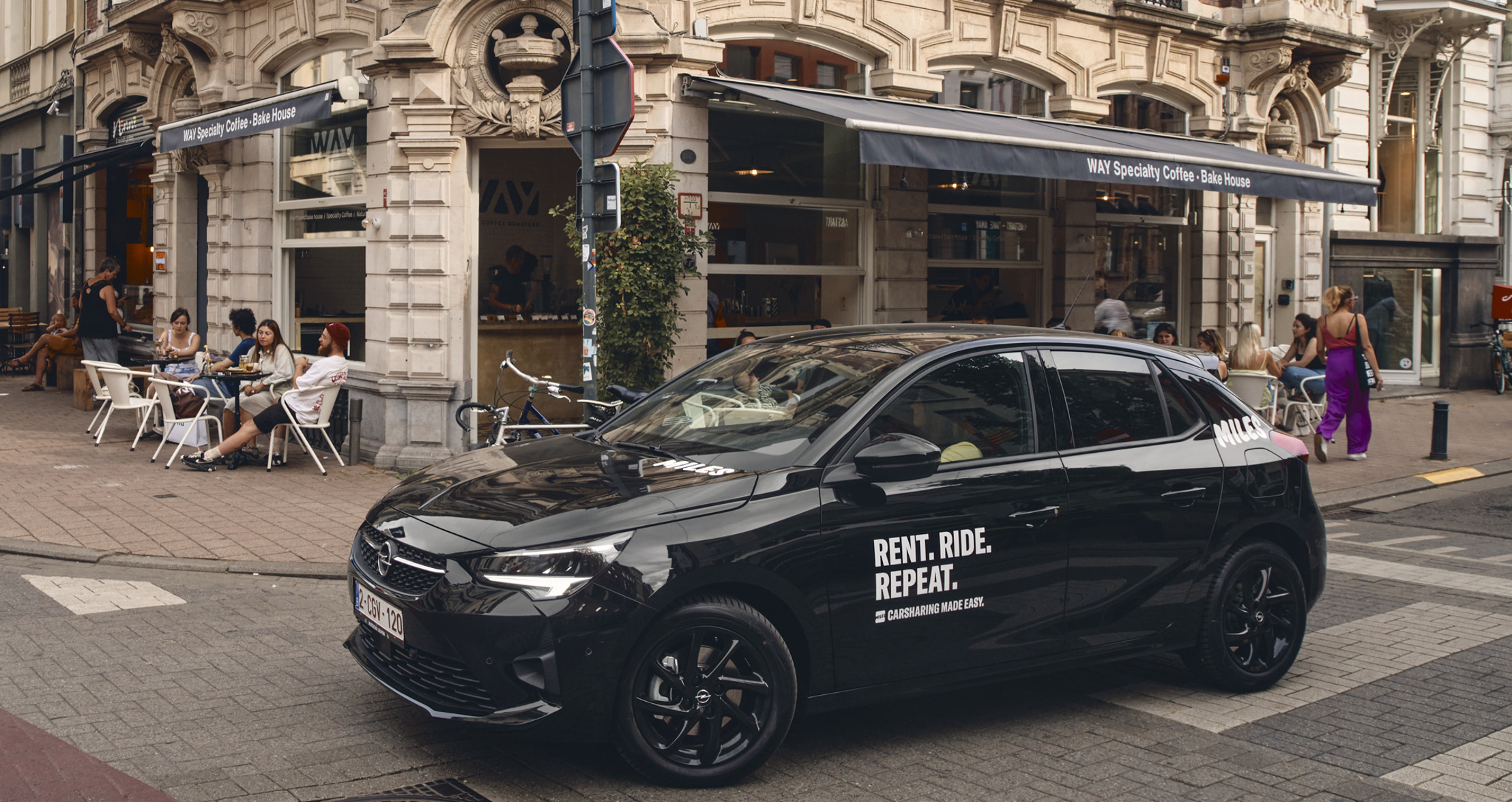Innovate with ease and optimized speed
With each new release of Incari Studio, we emphasize continuous improvement and value delivery. Through the incorporation of lean principles and practices, we provide a strong development platform that aids in the creation of projects. In this release, we have focussed on communication protocol optimization, memory usage reduction, and simplified APIs.
Stronger communication protocols for larger integration capabilities
Communication protocols determine how data is transmitted, received, and processed between your project and external devices and systems. Various Incari communication protocols have been reworked to be more efficient and streamlined, reducing the amount of data that needs to be transmitted as well as lower latency and response times. This allows for your projects to be more responsive and scalable.
-
Mavlink plugin update: The Mavlink protocol is used for communication between drones and ground control stations. Though important, as not everyone will utilize this communication protocol you can now find this as a plugin. This means we can make Incari Studio slimmer, with a reduced memory footprint and faster performance.
Customize your very own logic nodes
Boost Incari’s visual scripting capabilities by crafting your logic nodes using C++. Incari nodes serve as components, deployed in the logic to drive events, objects, variables, or data-centric input parameters. Import JSON files to steer the GUI element and delineate the inputs and outputs. Integrate your personalized nodes with the pre-existing ones to construct more intricate and expansive HMI architectures.
Extended Lottie support for high-quality animations
With Lottie, adding animations to your HMI solution is easier than ever before. With this JSON-based animation file format, your loading and shipping times decrease and you can scale without risking pixelation. With Incari Studio 2023.1 Lottie support has been extended and optimized. There is support for a wider variety of file sizes, ensuring that users have greater control over the resolution of their projects. Time-based rendering is also included, allowing for greater precision in animation timing and playback. Incari Studio will also automatically assess whether the destination can handle the size and quality of the animation, ensuring that users can create and render high-quality animations without any issues.
Take your HMI project to the next level with Incari Studio 2023.1 and try it out for free with our 30-day trial. If you are interested in our enterprise plan, don’t hesitate to contact our sales team for more information. Start creating with Incari today!







